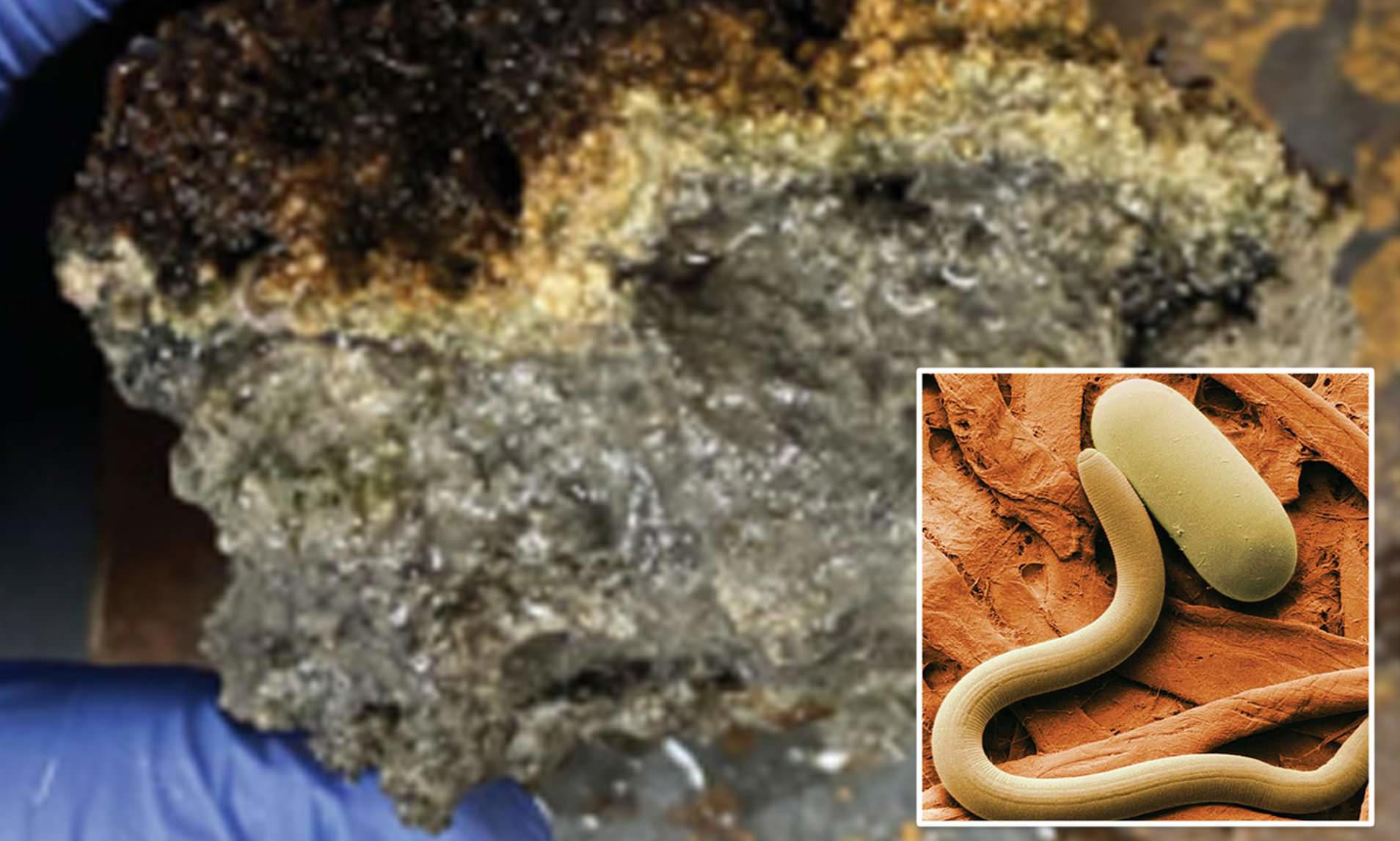It may be early to get the Halloween decorations out for most, but in the deep waters of the Pacific Ocean, spooky season is well underway. Scientists said Tuesday they had discovered a new species of ghost shark that lives exclusively in the waters off Australia and New Zealand.
The Australasian Narrow-nosed Spookfish was found during research surveys in the Chatham Rise, an area of ocean floor east of New Zealand, according to the National Institute of Water and Atmospheric Research, based in Auckland.
Ghost sharks, also known as chimaeras, are a group of cartilaginous fish closely related to sharks and rays. The newly discovered species has several distinctive features, including a long and narrow snout, broad pectoral fins, scale-free skin and beak-like teeth.
They are largely confined to the ocean floor up to 2,600 meters (8,530 feet) deep, feeding on crustaceans such as shrimp and mollusks.
Brit Finucci, a fisheries scientist at the National Institute of Water and Atmospheric Research, gave it the scientific name Harriotta avia in memory of her grandmother.
Previously, it was considered to be part of a single globally distributed species. But research later showed that it is genetically and morphologically different from its cousins.
"Ghost sharks always surprise me!" Finucci told NBC News on Tuesday. "It just goes to show how little we know about our oceans, particularly the deep sea."
Ghost sharks are "poorly studied" because of their remote living environment and cryptic nature, she said. This long-nosed spookfish was better researched among its kind as it is often observed on research surveys and is caught incidentally in commercial fisheries, Finucci said.
However, we still don't know their lifespan, population size or role in the ecosystem, Finucci said. "There’s still a lot to learn about ghost sharks!"
It had been suspected that the species may be different from those in other regions, but it took time to collect enough information to confirm that, Finucci said.
"We are still describing new species on a regular basis, and sometimes these discoveries have been right under our noses the whole time," she said.
A Spooky Discovery in the Deep
This new species, known as the Australasian Narrow-nosed Spookfish, was found in the Chatham Rise, an area of the ocean floor off the east coast of New Zealand. The discovery was made by researchers from New Zealand's National Institute of Water and Atmospheric Research (NIWA), who were conducting research surveys.
The newly discovered species is distinctive for its very elongated snout that can make up half of its entire body length. This long snout is likely an adaptation that helps the spookfish to hunt for prey in the deep sea. It also has large, milky-colored eyes and a serrated dorsal fin to deter predators.
Ancient Ancestry
The new species, scientifically named Harriotta avia, is a member of the chimaera family, which is closely related to sharks and rays. Chimaeras are cartilaginous fish, meaning their skeletons are made of cartilage rather than bone. They are also known for their smooth, scale-free skin and beak-like teeth.
Studying the Ghost Shark
Scientists have learned a great deal about the new species, including its unique morphology, its diet, and its habitat. The Australasian Narrow-nosed Spookfish is a bottom-dwelling fish that lives at depths of up to 2,600 meters. It is a carnivore that feeds on crustaceans like shrimp and molluscs.
Conservation Concerns
Because ghost sharks live in such deep and remote waters, they are difficult to study. Scientists know relatively little about their biology, including their lifespan, population size, and role in the ecosystem. This lack of knowledge makes it difficult to assess the threats that ghost sharks face.
A Nod to Grandmother
The new species was named Harriotta avia in honor of Brit Finucci's grandmother. "Avia means grandmother in Latin; I wanted to give this nod to her because she proudly supported me through my career as a scientist,” said Finucci. “Chimaeras are also rather ancient relatives – the grandmas and grandpas – of fish and I thought the name was well suited.”
More Research Needed
The discovery of the Australasian Narrow-nosed Spookfish highlights the importance of continued research on deep-sea ecosystems. These ecosystems are home to a wide variety of fascinating and unique creatures, and we are only just beginning to understand them. Further research will help us to learn more about the biology, ecology, and conservation needs of ghost sharks and other deep-sea species.
A Spooky Halloween Treat
This new discovery may be a spooky Halloween treat for scientists, but it also serves as a reminder of the incredible diversity of life that still exists in the depths of our oceans. As scientists continue to explore the deep sea, we are sure to uncover even more amazing creatures like the Australasian Narrow-nosed Spookfish.

















